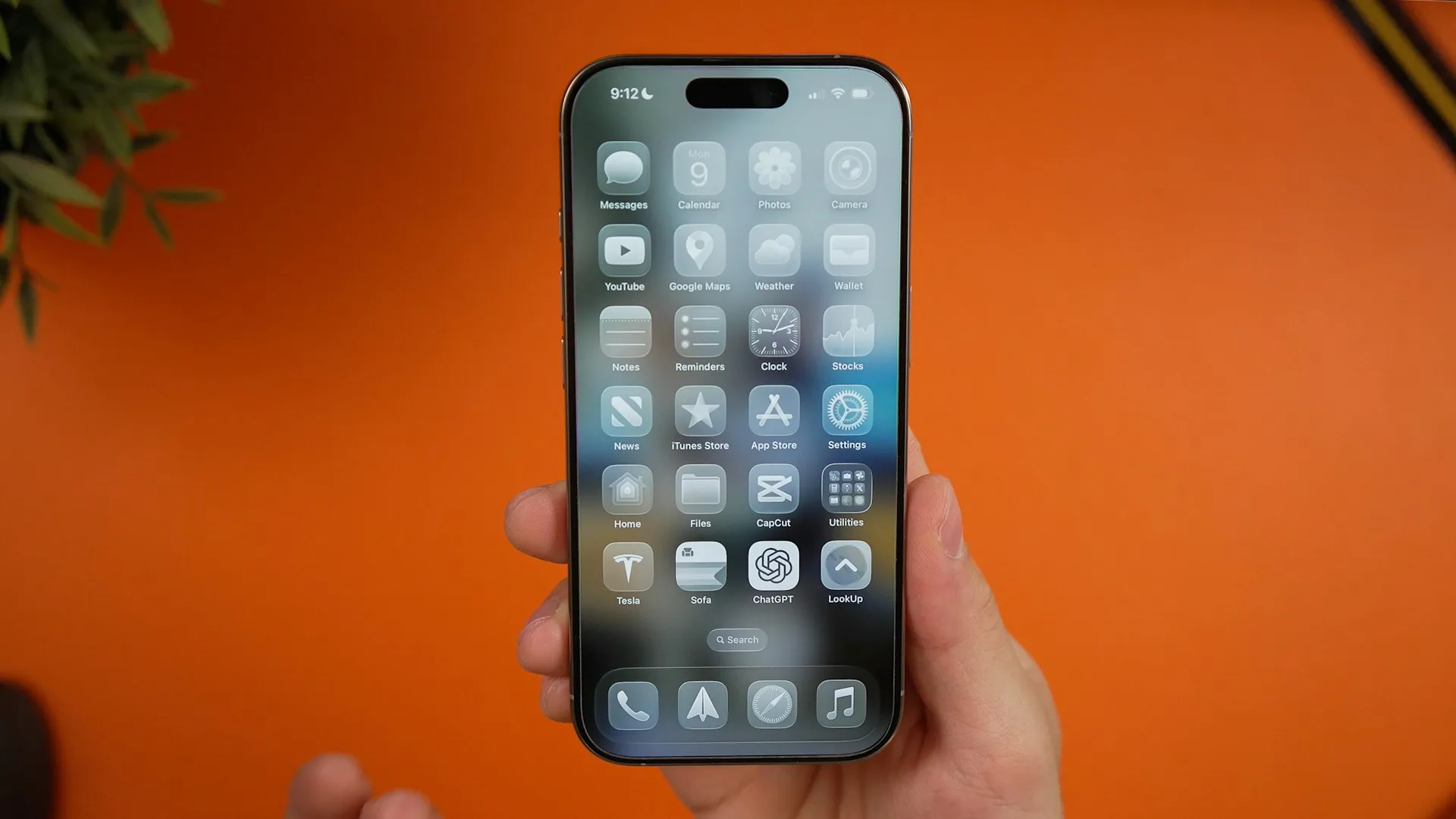How-To Guides about Fishing






















how to
How to Clean skates or rays 






Featured On WonderHowTo:
Productivity & Shortcuts










Featured On WonderHowTo:
Music & Audio



how to
How to Tie fishing jigs 






Featured On WonderHowTo:
Augmented Reality



how to
How to Rig a fly line 

how to
How to Work a spinner bait 




Featured On WonderHowTo:
Gaming




























































































































































































































